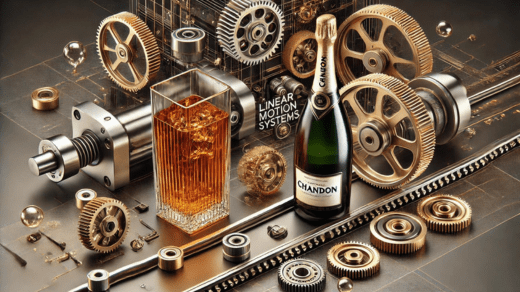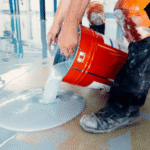Whiskey is a timeless spirit with a rich history and a complex production process that transforms simple grains into a drink of exceptional depth and character. Whether you’re enjoying a smooth bourbon, a spicy rye, or a peaty Scotch whisky, the journey from grain to glass involves a series of carefully controlled steps. This article will take you through the fascinating whiskey production process, highlighting the art and science that goes into creating one of the world’s most beloved spirits.
The Ingredients: It All Starts with Grain
The foundation of any whiskey is its grains, often referred to as the “mash bill.” Different types of whiskey use different combinations of grains, which significantly influence the flavor of the final product.
- Barley: Used predominantly in Scotch whisky, barley gives the spirit its distinctive malty character. In single malt Scotch, 100% malted barley is the only grain used.
- Corn: The primary grain in bourbon, corn imparts a rich sweetness to the whiskey. By law, bourbon must contain at least 51% corn.
- Rye: Known for its spicy, robust flavor, rye is a key grain in rye whiskey, which typically contains at least 51% rye.
- Wheat: Used in some bourbons and other whiskies, wheat adds a softer, smoother character to the spirit.
Mashing: Converting Starch to Sugar
Once the grains are selected and ground into a coarse flour, they are mixed with hot water in a process called mashing. The hot water activates enzymes in the grains, converting the starches into fermentable sugars. The result is a sweet liquid known as “wort,” which is then separated from the grain solids.
Fermentation: Turning Sugar into Alcohol
The wort is transferred to large fermentation tanks, where yeast is added to kickstart the fermentation process. Yeast consumes the sugars in the wort, producing alcohol and carbon dioxide. This process typically lasts several days, and by the end, the wort has transformed into a low-alcohol liquid known as “wash” or “beer,” with an alcohol content of around 6-10%.
Distillation: Concentrating the Spirit
The wash is then distilled to increase its alcohol content and concentrate the flavors. Distillation involves heating the wash in a still (often a copper pot still for Scotch whisky) to separate the alcohol from the water and other components based on their different boiling points.
- First Distillation: The wash is heated, and the alcohol vapor rises into the still’s neck, where it is collected and condensed back into liquid form. This produces a liquid called “low wines,” which has a higher alcohol content than the original wash.
- Second Distillation: The low wines are distilled again, resulting in the “new make spirit.” This second distillation further refines the alcohol, enhancing the desired flavors while removing impurities.
Aging: Maturing the Spirit
The new make spirit is then transferred to oak barrels for aging, a crucial step that profoundly influences the whiskey’s flavor and character. The type of barrel, its previous use (such as sherry or bourbon), and the length of aging all contribute to the final taste.
- Oak Barrels: The spirit interacts with the wood, absorbing flavors like vanilla, caramel, and spice while also mellowing and developing complexity. The charring or toasting of the barrels plays a significant role in this flavor development.
- Aging Time: While different types of whiskey require different aging periods, Scotch whisky, for example, must be aged for a minimum of three years by law. Many premium whiskies are aged for much longer, sometimes decades, to achieve a richer, more nuanced profile.
Bottling: The Final Step
Once the whiskey has reached its desired maturity, it is typically diluted with water to the desired bottling strength, often around 40% ABV (alcohol by volume). The whiskey is then filtered to remove any particulate matter before being bottled. In some cases, whiskies may be bottled at cask strength, offering a more intense flavor and higher alcohol content.
The process of making whiskey is a meticulous journey from grain to glass, requiring skill, patience, and a deep understanding of both tradition and science. From the selection of grains to the careful aging in oak barrels, each step in the whiskey production process contributes to the final product’s unique character and flavor.
Whether you’re sipping a smoky Scotch whisky or a smooth bourbon, you’re enjoying the result of centuries of craftsmanship and innovation. Next time you pour yourself a glass, take a moment to appreciate the intricate process that brought it from the fields to your hand.
Many distilleries and factories use robots and Linear Motion Systems to facilitate and speed up the entire production process.










